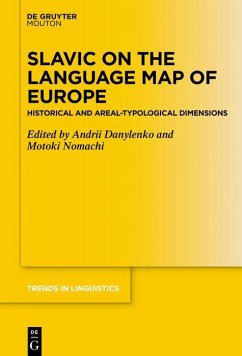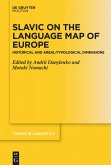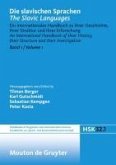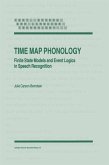Fully concentrated on the areal-typological and historical dimensions of Slavic, the volume offers new insights into a number of theoretical issues, including language contact, grammaticalization, mechanisms of borrowing, the relationship between areal, genetic, and typological sampling, conservative features versus innovation, and socio-linguistic aspects of linguistic alliances conceived of both synchronically and diachronically. The volume integrates new approaches towards the areal-typological profiling of Slavic as a member of several linguistic areas within Europe, including SAE, the Balkan Sprachbund and Central European groupings(s) like the Danubian or Carpathian areas, as well as the Carpathian-Balkan linguistic macroarea. Some of the chapters focus on structural affinities between Slavic and other European languages that arose as a result of either grammatical replication or borrowing. A special emphasis is placed on contact-induced grammaticalization in Slavic micro-languages
Dieser Download kann aus rechtlichen Gründen nur mit Rechnungsadresse in A, B, BG, CY, CZ, D, DK, EW, E, FIN, F, GR, HR, H, IRL, I, LT, L, LR, M, NL, PL, P, R, S, SLO, SK ausgeliefert werden.

